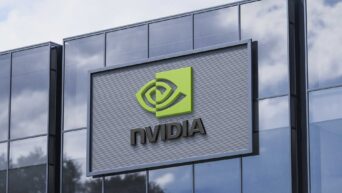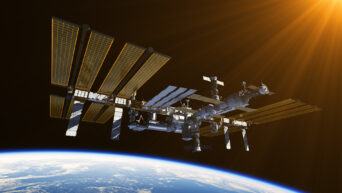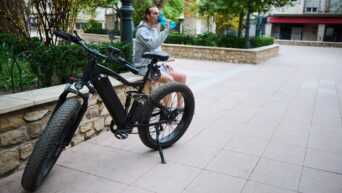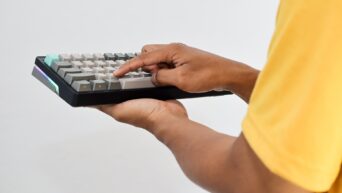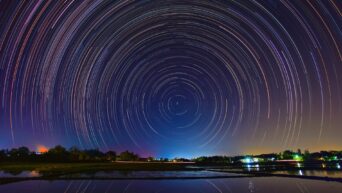
Credit: Unsplash
The impact caused minor damages to a robotic arm.
You might not be aware of this, as we can’t see it from here on Terra Firma, but there is a lot of crud floating around up in Earth’s low orbit. Space junk is a real problem up in the deep dark, with particles big and small floating around and crashing into each other. Whether it’s a result of test satellites colliding and scattering debris or just paint chipping off some other object, there’s a veritable garbage dump of matter up there. On its own, it’s not an immediate problem, but it does become a little more concerning when it starts colliding with human living spaces.
Over the weekend, NASA and the Canadian Space Agency reported that a small piece of space junk had landed a “lucky strike” on one of the International Space Station’s robotic arms, Canadarm2, in the middle of May. The exact identity of the object in question has not yet been determined, but whatever it was, it was big and thick enough to punch through the arm boom and thermal blanket, leaving a small, yet conspicuous hole. Luckily, nothing critical was damaged in the impact, and as far as anyone aboard can tell, the arm is still functioning within expectations.
The ISS was just hit by a piece of fast moving space debris that punctured the 'Canadarm2'
Canadian Space Agency says everything "continues to function normally" pic.twitter.com/pHhuq4swQx
— Latest in space (@latestinspace) May 31, 2021
NASA, along with the world’s various other space agencies, maintain a constant watch over at least 23,000 distinct pieces of space junk the size of a softball or larger. In the event something important like an active satellite wanders into this junk’s path, the agencies can make plans to mitigate any potential damages, or at least put together a preemptive damage report. Naturally, this watch extends to the ISS, doubly so because humans are living up there.
“NASA has a long-standing set of guidelines to ensure the safety of Station crew,” NASA said in a press release. “The safety of astronauts on board the orbiting laboratory remains the top priority of all Station partners.”






